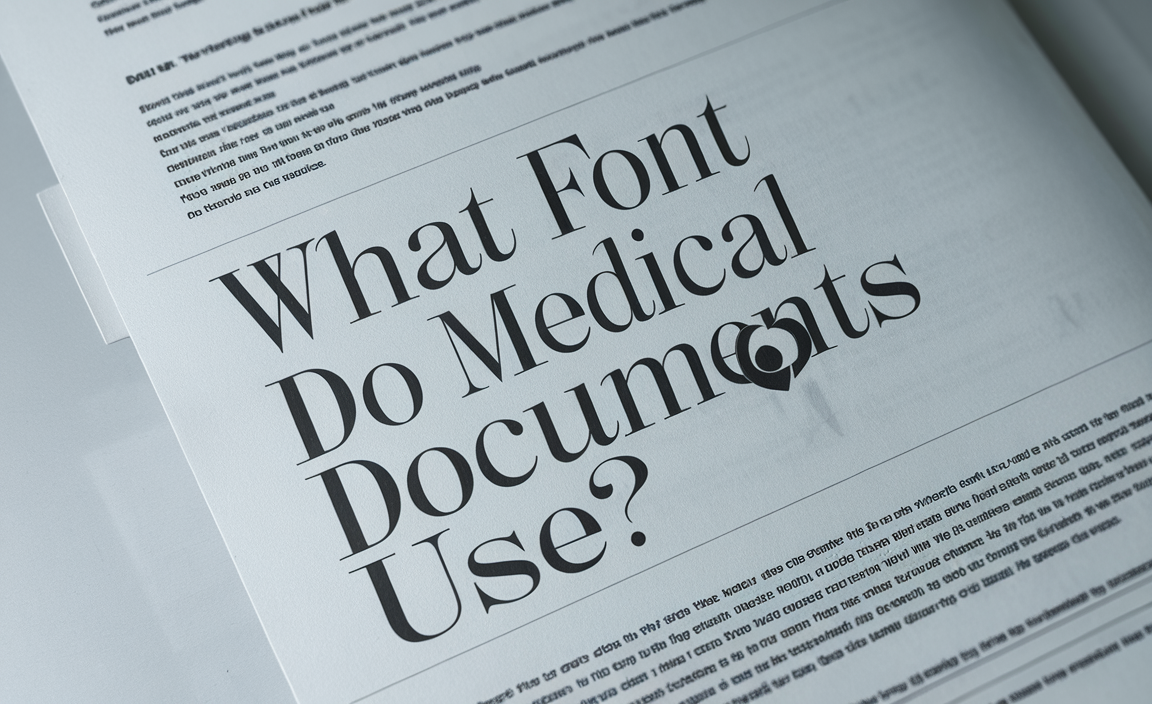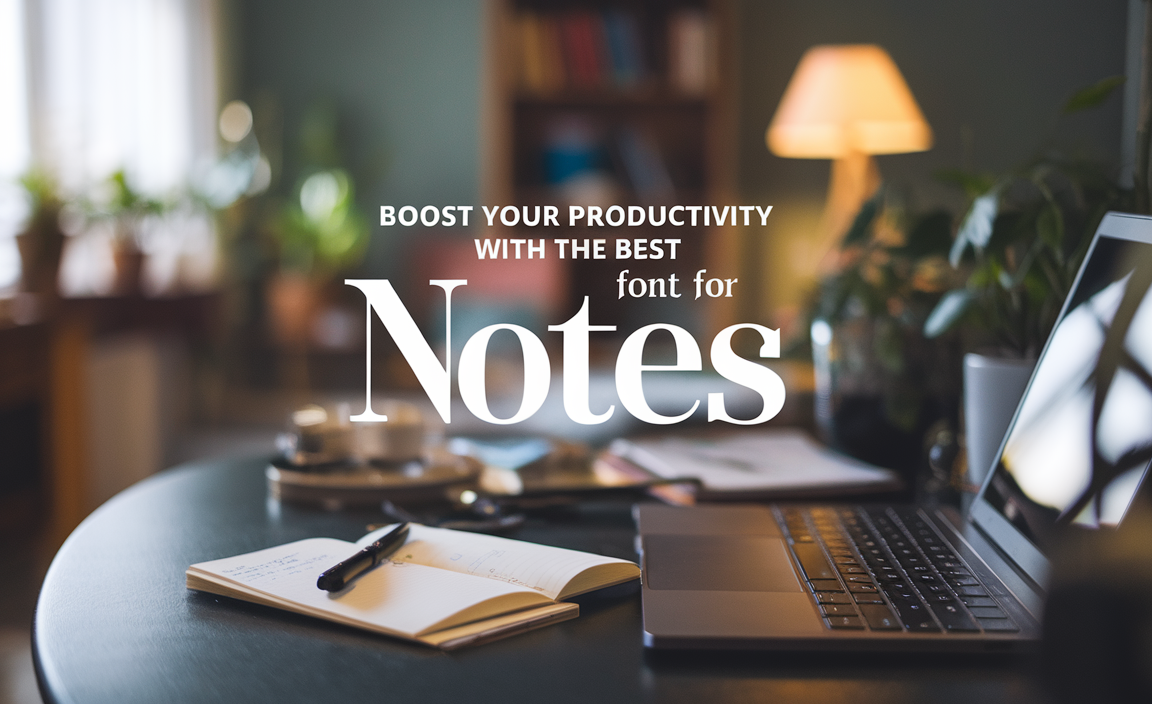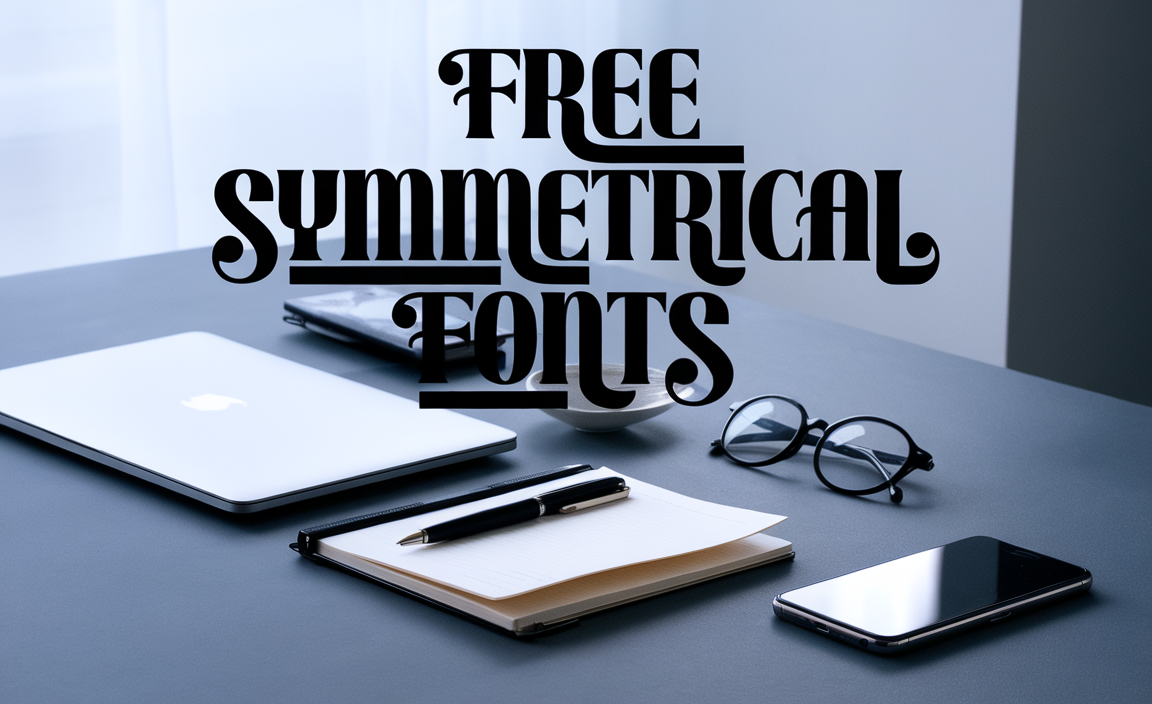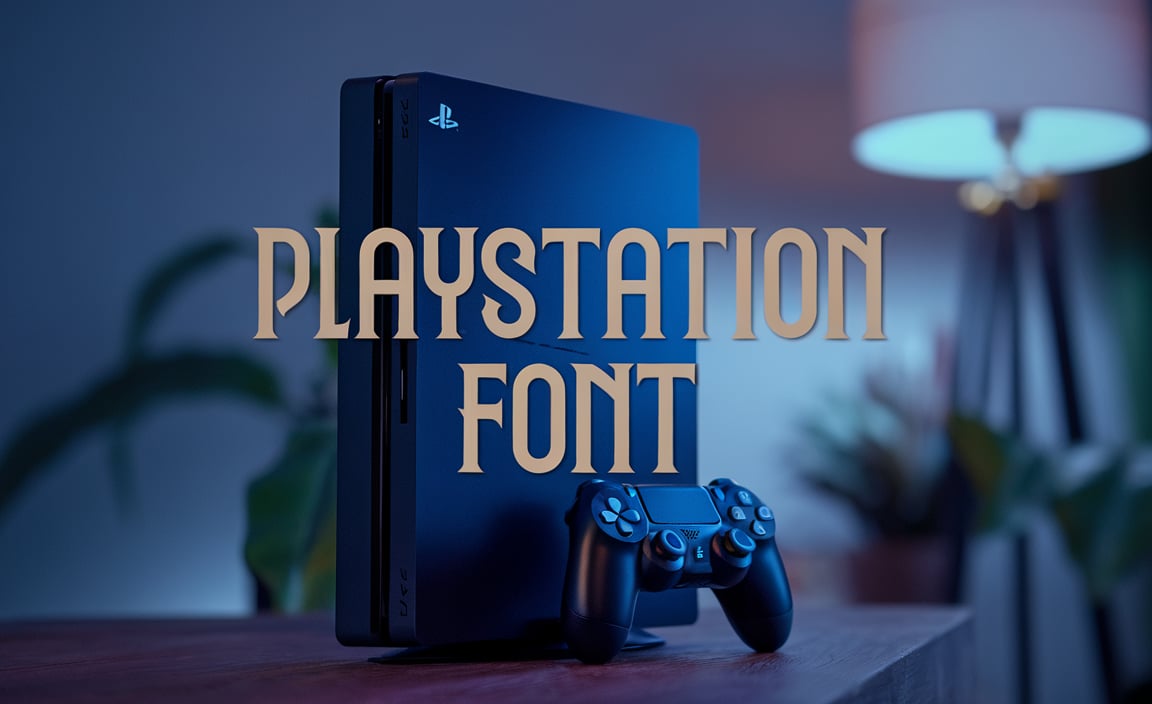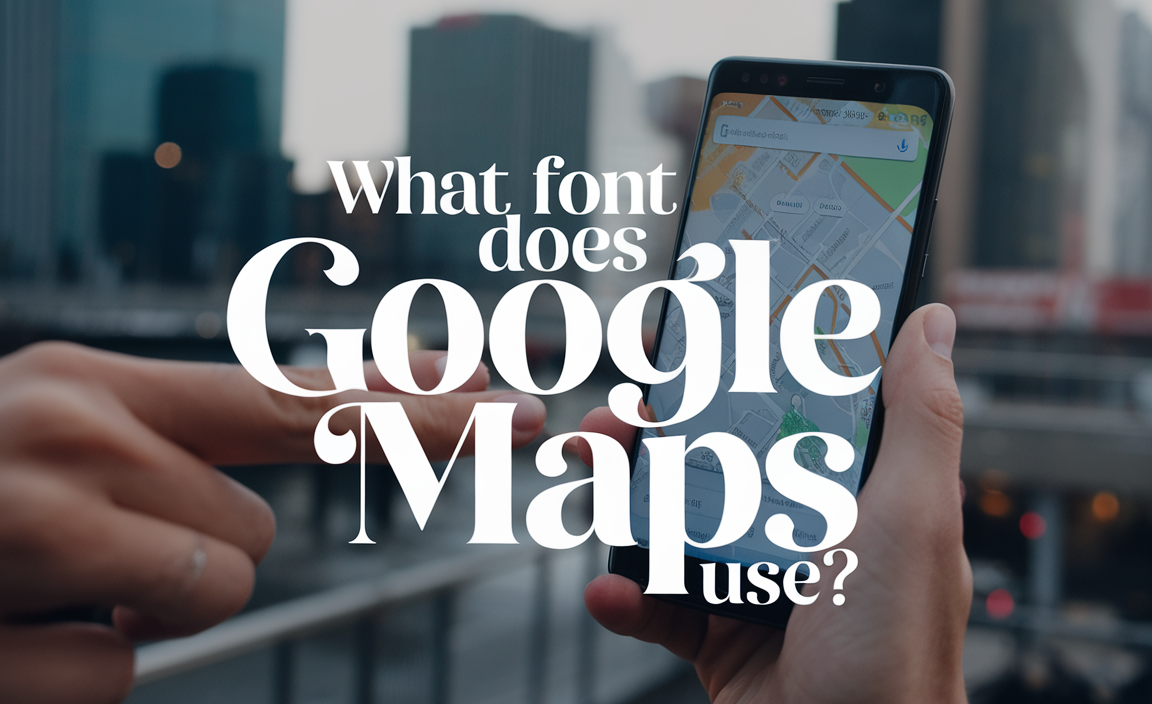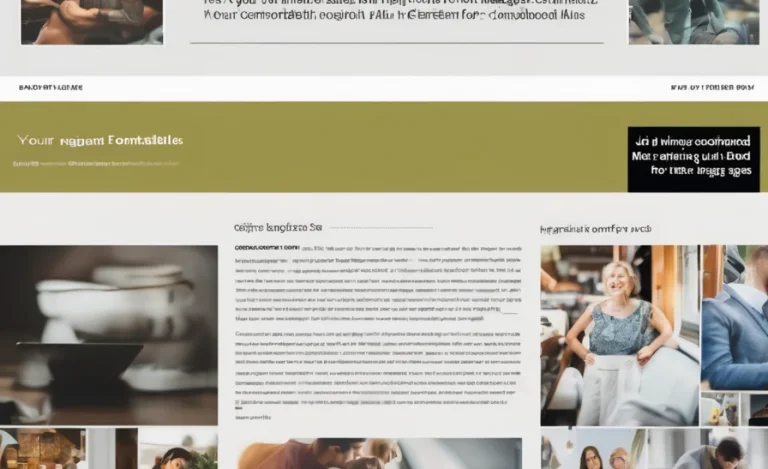When drafting letters, whether for professional or personal purposes, one crucial element that can significantly impact the presentation is the font size. The standard font size for letters ensures that the document is not only readable but also professional.
However, the font selection is just as important, as it affects the overall tone and clarity. Choose the right font, font size, and style for your letter. This will ensure it is well-structured, legible, and visually appealing.
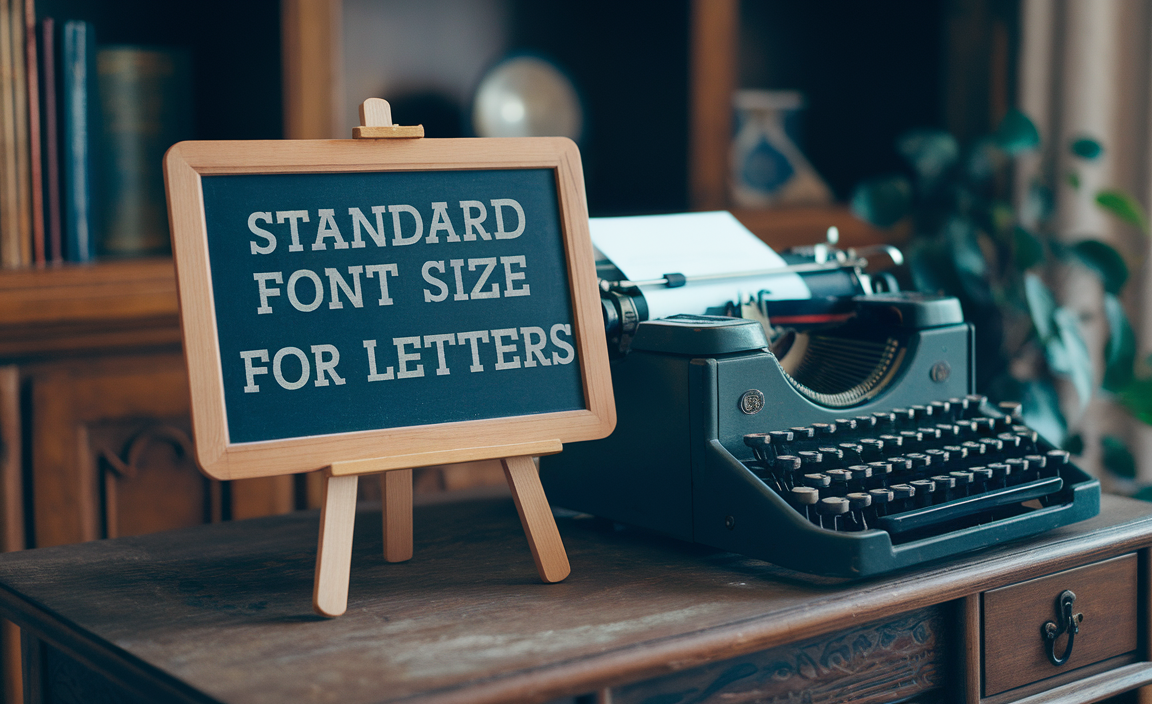
What is The Font Size for Letters
The font size is a vital aspect of typography that can affect the readability of your letter. The standard font size is typically between 10 and 12 points, with 12-point size being the most commonly accepted for professional letters. However, depending on the context and recipient, you may want to adjust the font size slightly. Ensuring that your letter is neither too large nor too small will help convey your message effectively.
Microsoft Word (MS Word) is one of the most popular platforms for writing letters, and it typically defaults to Arial or Times New Roman at a 12-point size. These fonts are popular for their readability and professional appearance. Arial is often ideal for a modern look. On the other hand, serif fonts like Times New Roman offer a more traditional feel. Both serif and sans serif fonts are commonly used in letter writing. The choice depends on the tone you want to set.
Choosing the Right Font for Letters
Selecting the right font for your letter depends on several factors, such as the type of communication (formal or informal) and the recipient. Here’s a breakdown of some key points when choosing the font for your letter:
- Serif Typeface: Serif fonts, like Times New Roman, Garamond, and Georgia, are widely used for professional letters. The small lines or “serifs” at the end of each letter stroke help improve readability, especially in printed materials. These fonts are great for body text and longer documents.
- Sans Serif Font: For a cleaner, modern look, sans serif fonts like Arial, Helvetica, and Calibri are ideal. These fonts are excellent for digital letters and are widely used in web fonts because they appear clear and simple on screen.
- Font Color: While the font color in letters is usually standard (black), you can make some adjustments based on your personal or brand preferences, especially for more creative letters. For professional letters, however, sticking to black is recommended to maintain formality.
Factors to Consider for the Best Font Size
When selecting the best font size for your letter, consider the following:
- Legibility: The primary goal is to make sure the text is easy to read. The smallest font size for printed letters should be 10 points. The most commonly used font size is 12 points, both in printed materials and digital communications. For web fonts, 10-12 point size is optimal.
- Body Font Size: The body text of your letter should be in the 10-12 point range to ensure readability without overwhelming the reader. The font size should be consistent throughout the document for a clean, professional appearance. Avoid using novelty fonts or excessively large font types that may distract from the content.
- Point Size and Readability: The point size of the font affects the letter’s height and overall layout. A larger font size might make a document look more spacious, but it could also make it harder to fit the content onto a single page. Conversely, a smaller size might result in a cramped letter, making it difficult to read.
- Viewport Sizes: When considering digital letters, it’s essential to think about viewport sizes. The size of the display where your letter will be read. A larger font size might be necessary for small screens, such as mobile devices, while larger monitors may allow you to use a slightly smaller size.
- Text Box and Formatting: If you are using a text box or other advanced formatting techniques in word processors like MS Word, be sure that the text size adjusts to fit the box while maintaining readability.
Adjusting Font for Different Letter Types
Letters can vary in their formality, and the font selection can help distinguish the type of letter you are writing. Here are some tips:
- Cover Letter: For a cover letter, you want a font that reflects professionalism while still being approachable. Serif fonts, like Times New Roman, suit formal business letters. Sans serif fonts, such as Arial, work better for creative industries.
- Business Letters: The font style for business letters should be formal and legible. Stick to standard serif fonts or sans serif fonts that don’t detract from the content. Ensure the font size is consistent, with 12-point being the most widely accepted size.
- Personal Letters: Personal letters allow for more flexibility in font type and size. While serif typeface can still be used, sans serif font might give a more modern touch. You can experiment with different font styles, but avoid choosing fonts that are too novelty or difficult to read.
Other Font Considerations
- Optical Size: Some fonts have an optical size feature, where the font adjusts its characteristics for better readability at different sizes. This can help you choose a font that looks sharp and clear at both smaller and larger point sizes.
- Cap Height and Lowercase Letters: Fonts with a larger cap height or more distinctive lowercase letters can enhance readability. Make sure that both capital and lowercase letters are clear and easy to differentiate, especially in smaller font sizes.
- Font Styling: While bold or italics can help emphasize certain points, be careful not to overuse them. Font styling should enhance the message, not overpower it.
- Standard Font vs. Different Fonts: While the default font for most word processors is Arial or Times New Roman, it’s important to assess the context of your letter. If you’re sending a letter to a more creative company, consider using a different font that reflects the organization’s vibe, but always prioritize readability.
Conclusion
Selecting the right font size and font style for your letter plays a significant role in making sure your message is both professional and readable. Whether it’s for a cover letter, business letter, or personal note, you should focus on choosing a legible font that complements your writing.
The standard font size of 12 points is a safe and effective choice for most letters, but depending on the recipient and context, adjusting the font size slightly may be appropriate.
By following these guidelines and considering factors like font selection, font size, and the purpose of the letter, you can create letters that are both visually appealing and easy to read.
FAQs
1. What is the standard font size for a business letter?
The standard font size for business letters is typically 12 points in either Times New Roman or Arial.
2. What font is best for professional letters?
Serif fonts like Times New Roman and Garamond are ideal for professional letters due to their classic, readable style.
3. Can I use a larger font for a cover letter?
While 12-point is ideal, a slightly larger font size may be handy for cover letters, depending on the company or industry.
4. What is the best font for web-based letters?
Sans serif fonts like Arial and Calibri are best for web fonts as they offer excellent readability on digital screens.
5. What is the smallest font size I can use for a formal letter?
For formal letters, the smallest font size should be no smaller than 10 points to ensure legibility.

